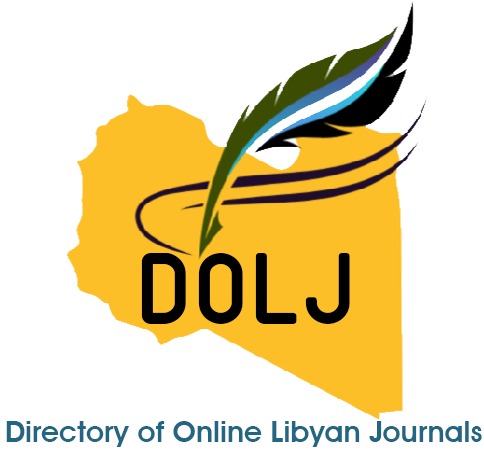Influenza virus vaccination among different groups in Wadi- Alshatti, Libya: A retrospec- tive study. 1
DOI:
https://doi.org/10.37376/ljst.v11i1.2434Abstract
Abstract
Background and Aim: Flu is a respiratory tract infection that is caused by the influenza virus. H1N1 influenza (swine flu) has triggered significant morbidity and mortality all over the world. Immunocompromised individuals are considered a high-risk group for infection. Our work aims to estimate, and monitor the rate of influenza in Wadi- Alshatti, Southwest Libya. Patients and Methods: Data were collected from the files of all individuals admitted to vaccine centers in the target places during 2014 and 2016. Influenza vaccine records were belonging to health care workers, pregnant women, individuals aged ≥ 50 years with and without chronic diseases, individuals aged < 50 years with chronic diseases, and others. Results: Total vaccination numbers were 6256 and 7843 individuals in 2014, and 2016, respectively. The highest numbers were 1703 (27.22%), and 2130 (27.15%) recorded in Zlwaz vaccine center during 2014 and 2016, respectively. There was a statistically significant difference between this center and the other vaccination centers in Wadi- Alshatti (P=0.00). Furthermore, the elderly aged persons ≥ 50 years old with chronic diseases represented 35.29% of all vaccinated individuals in 2016 but there was no statistically significant difference from the other groups. Conclusion: The results of the current study revealed a higher vaccination rate against H1N1- Influenza was in Zlwaz vaccine center, whereas, the lowest in Aldesa center. Other areas in Wadi- Alshatti as Aldri, Wanzairik, Timsan need more health promotion due to lack of recording and documentation..
Downloads










 LJST Copy rights form
LJST Copy rights form


